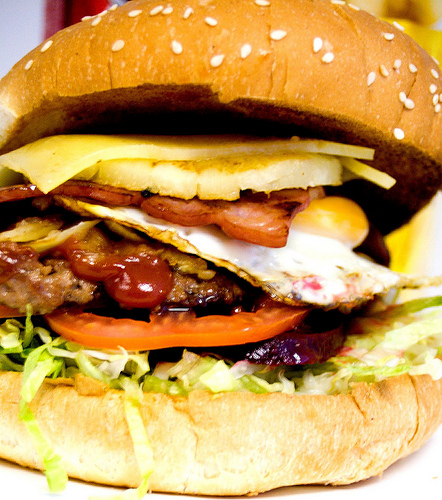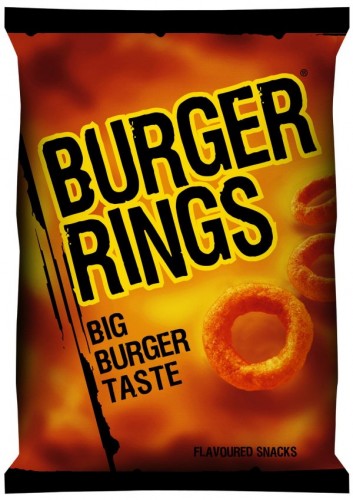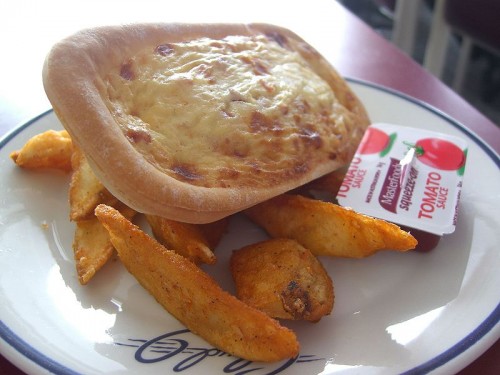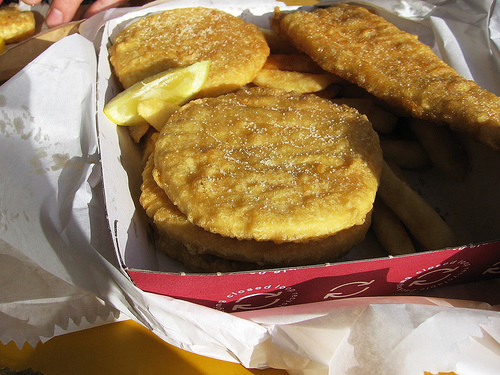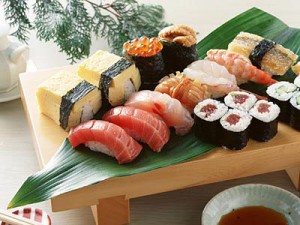Singapore is a food paradise and the varieties of local food are
simply amazing. No one could ever get it right to list the top 10 local
favorite food and neither are we better at it. We will offer our take on
the top 10
affordable dishes (consist mainly of
hawker food)
that any visitors to Singapore must not miss while in Singapore. Most
of these places recommended here are quite out of the way and you likely
need a local friend or take a cab to find them and thus does not appear
in your average tourist websites. We will like to clear the air that we
are
not affiliated to any of these restaurants and we are
not paid to write good about their food.
Hainanese Chicken Rice

This
is almost a national dish by now and can be commonly found in hawker
centres, food courts and restaurants. Many celebrities from Taiwan and
Hong Kong have singled out this famous dish whenever they are in
Singapore. Other than the chicken and fragant rice, the dish typically
served with tomato, ginger and cucumber.
Pao Sing restarant located at Serangoon Garden or
Boon Tong Kee (Balestier) are highly recommended. Cost per person shd be less than US$15 per person.
Roti Prata

Roti
Prata is a famed local indian dish. Much like the nun you have in
india, Roti Prata is made of flour and it can be topped with various
toppings such as egg, cheese, onion and others. The plain or egg prata
are the most popular, order a plate of mutton curry (highly recommended)
or curry chicken (if you can not take mutton) that goes with Teh Tarek
(a local milk tea, the cuppuchino-like bubbles are created from
"pulling" the tea). There are the several Roti Prata shops in Jalan
Kayu, the famed one goes by the name
Thasevi Famous Jalan Kayu Prata Restaurant. Cost per person should be less than US$10.
Katong Laksa
 Laksa
Laksa is a popular spicy noodle soup from the Peranakan culture. The place to find the local variant known as Katong Laksa is at
East Coast Road in
the Katong area. There are more than 5 stores in close proximity
fiercely competing to be the King of Laksa of Singapore. Go to the one
with the most customers :) Each Bowl should be less than US$3.
Duck Rice

Like
the famous Hainanese Chicken Rice, the braised duck with rice cooked
with yam or plain white rice, served with a thick dark sauce is becoming
a common sight in many foodcourts and hawker centres. A popular
franchise is the
Yew Kee Happy Duck Rice which can be found in many foodcourts in Singapore. Each plate of duck rice is less than US$3 per plate.
Bak Kut Teh

Bak Kut Teh is a Chinese
pork ribs soup cooked
in herbs, pepper and garlic. It is eaten with rice and other side
dishes including fried dough and salted vegetables. Try the
Leong Kee Bak Kut Teh (梁记肉骨茶) at Beach Road,
Ya Hua Rou Gu Cha at Outram Park (PSA Building) or
Ng Ah Sio Pork Rib Soup (黄亚细肉骨茶餐室) at Rangoon Road. Less than US$7 per person.
Fish Head Curry

Fish
Head Curry is a dish where the large head of a fish simmered in a
thick curry gravy with lady's fingers added to the dish. It is best
eaten with white rice. There are the Chinese, Paranakan and Indian
versions of this famous local dish. Visit
Muthu's Curry at Race Course Road. Cost of a bowl of Fish Head Curry is less than US$20-30.
Satay

Satay
is barbecued sliced meat on wooden sticks which is a popular
Malay/Indonesian dish in this part of the region. It is served with
spicy peanut sauce, slices of cucumbers, rice cubes and onions. The meat
are typically beef, chicken or mutton, though you can find the pork
version in some Chinese stalls. We recommend the
chicken version. Go to the
open-air foodcourt next to the Esplanade
with many competing satay stalls, enjoy the wonderful seaview while you
sampling this iconic dish. Best to go with a cup of tea with milk.
Alternate place is "Satay Street" at
Lau Pa Sat. Cost for 10 sticks is less than US$5.
Seafood Tze Char

Seafood
Tze Char (or spelt as Zi Char, Zhi Cha, Cze Char, the variants are
translated from the Mandarin words 煮炒) which literally means 'cook &
fry', which almost always use woks in preparing most ala-carte dishes.
Most of the local coffee shops usually have a Tze Char stall as a anchor
tenant. Some of the famous Tze Char dishes are black pepper/Chilli
crabs, drunken prawns, curry fish heads, seafood steamboats, steam fish
etc. A good one to go to is
Jumbo Seafood Restaurant at East Coast Seafood Centre or
Palm Beach Seafood Restaurant at One Fullerton. Depending on what you order, the cost per person should range from US$30-70 per person.
Fish and Co

This
dish is strictly not a hawker food but is definitely a home-grown dish
that is famous locally. This home-grown franchise has been expanding
rapidly over the last few years is a testament that their food is
welcome by local diners. In a restaurant setting, you pay less S$15for a
fish-and-chip meal per person. The kids meal goes for less than S$7.
You must try both the tata sauce and chili sauce, they are super yummy.
Fish-and-Co have many outlets in Singapore, for the tourists we will recommend you go to their flagship store at the
The Glass House (9 Penang road #01-24 park mall Singapore 238459 beside Park Mall just behind the Dhoby Ghaut MRT station) or the
Paragon outlet (290 Orchard Road #B1-35/36 Singapore 238859 near Somerset MRT).
